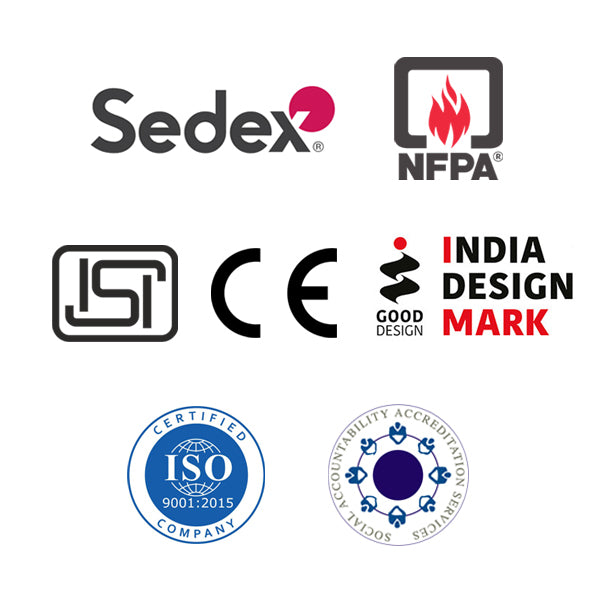H33EBG
Share
Cut Resistant Nitrile Gloves
- ANSI A3 Cut Resistance: 13-gauge seamless liner made from high-performance HPPE fiber and glass fiber offers reliable cut protection, comfort, and flexibility.
- Strong Grip & Durability: Black sandy nitrile palm coating delivers excellent grip and abrasion resistance in dry, wet, or oily environments, with a reinforced thumb crotch for added strength.
- Enhanced Visibility & Dexterity: Lightweight hi-vis design ensures high visibility and dexterity, promoting safety and precision during detailed tasks.
ABRASION
TEAR RESISTANT
CUT RESISTANT
EN 388:4542C and CE
Delivery & Services

Easy Return
with our 15 days return poicy
Regular price
Rs. 0
Sale price
Rs. 0
Regular price
Tax included.
Shipping calculated at checkout.
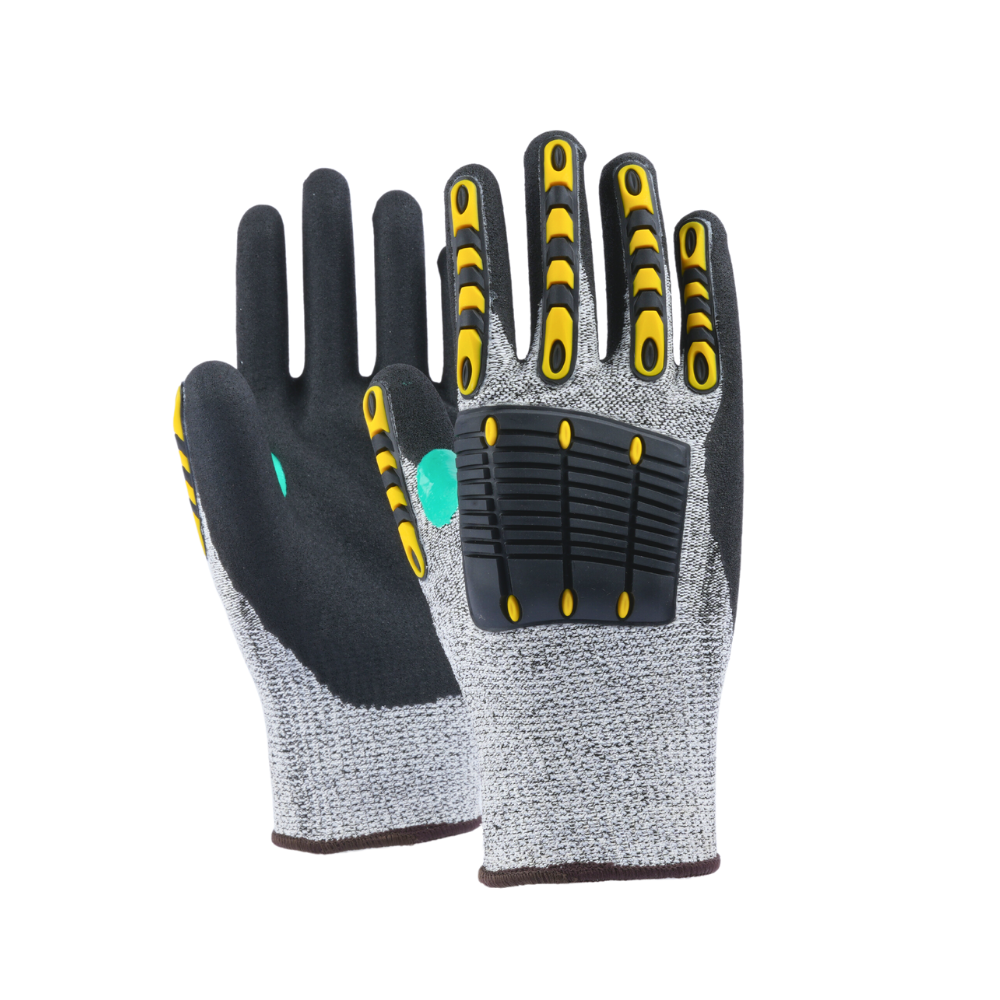
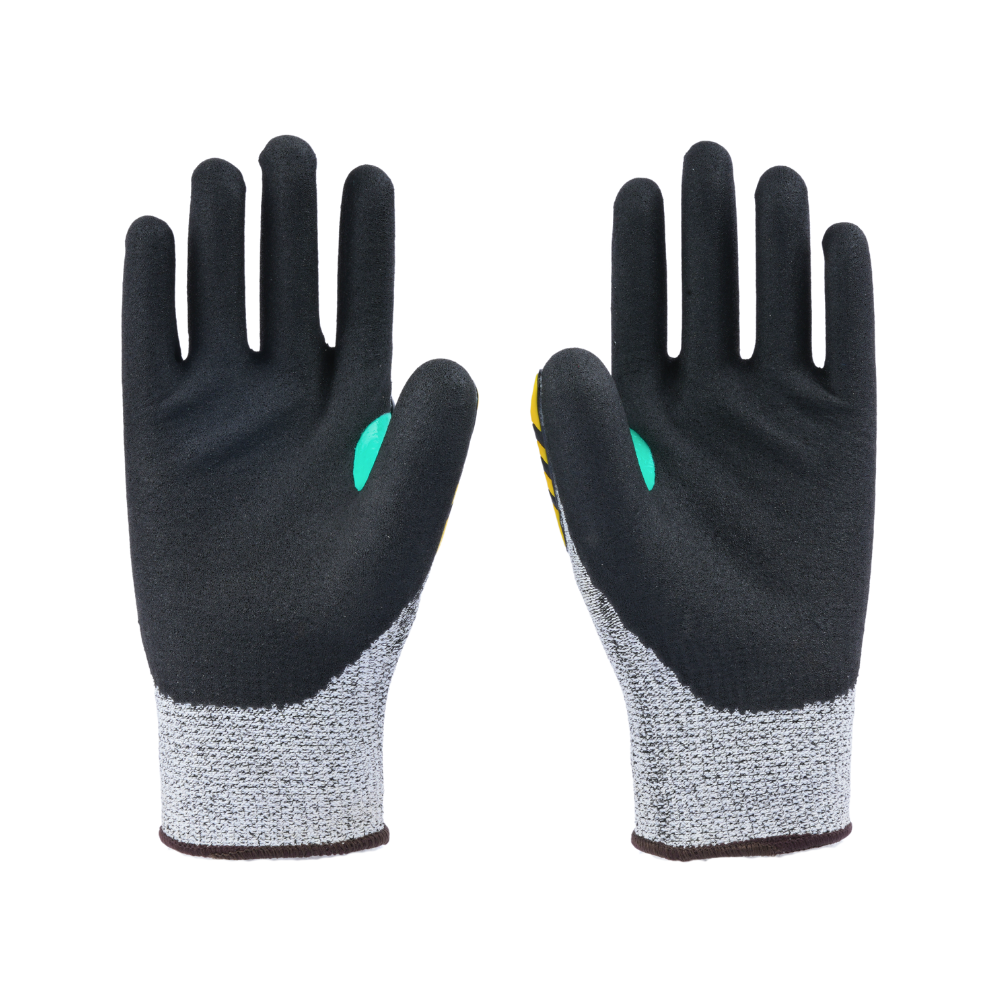
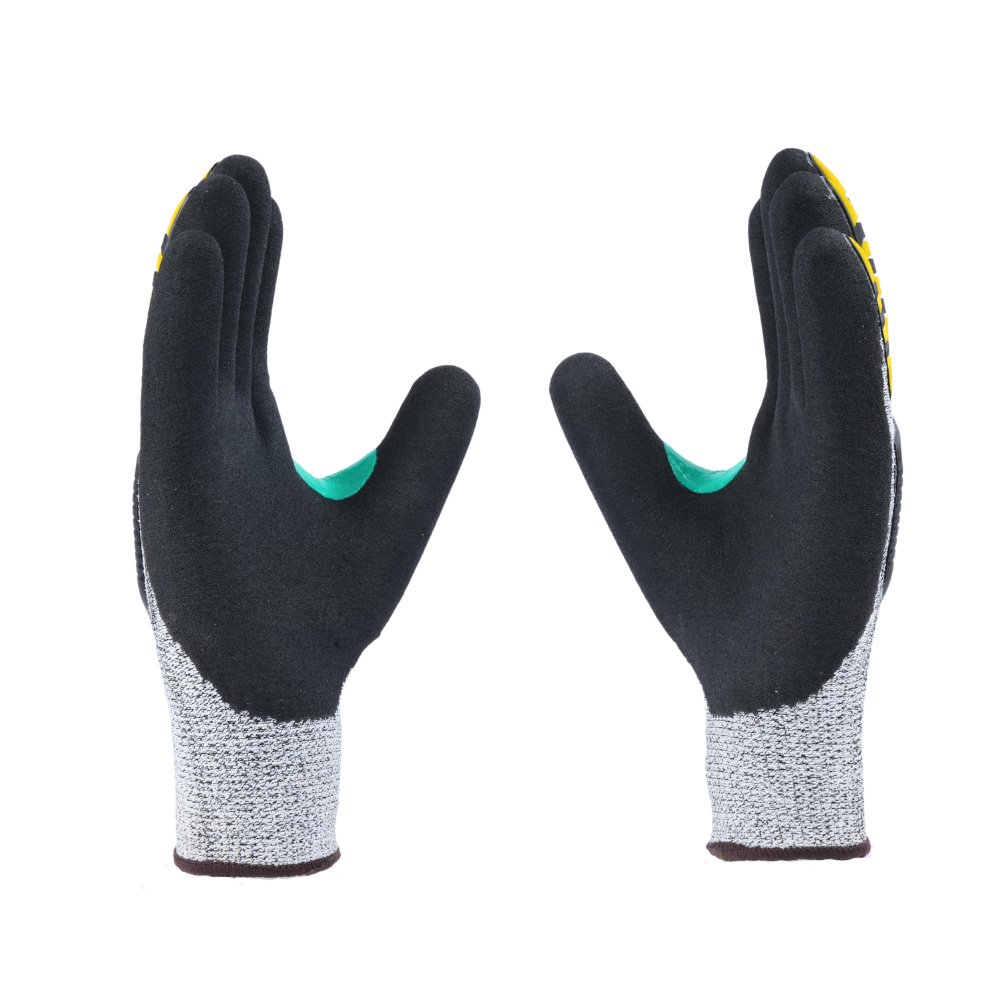
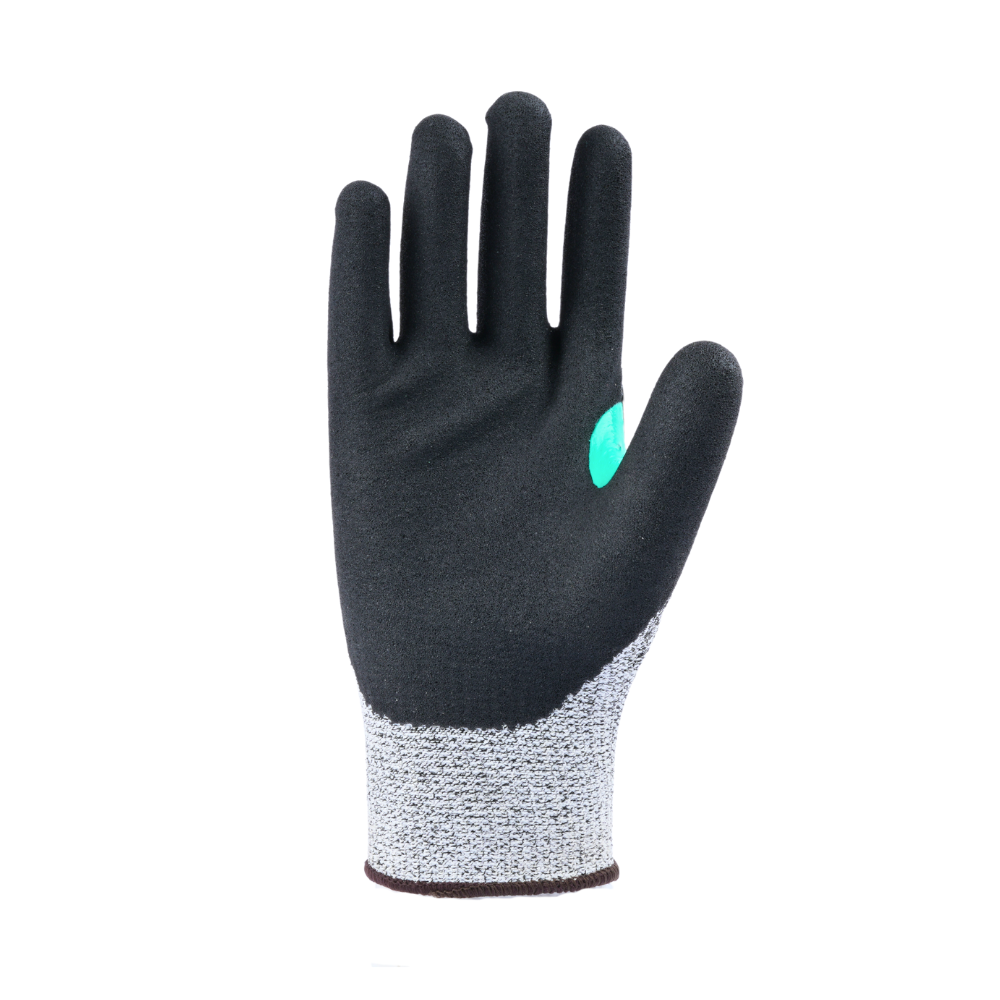
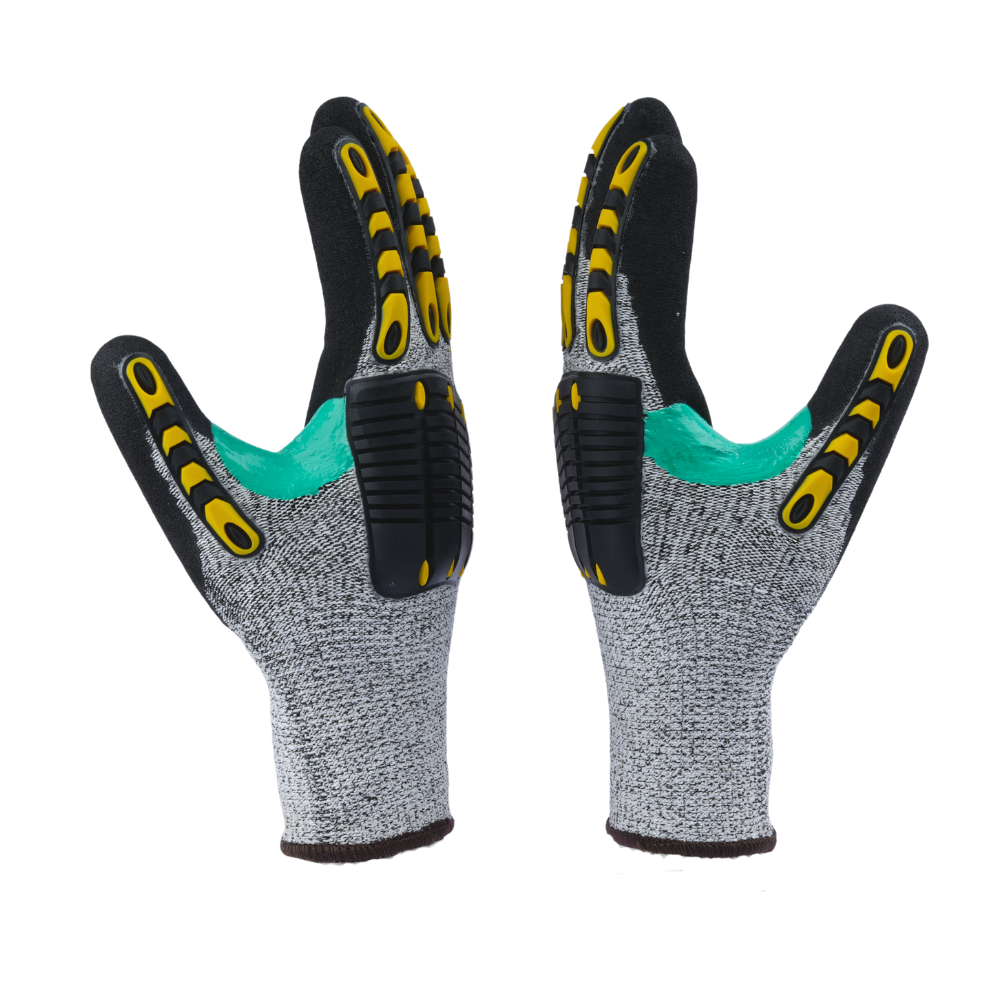

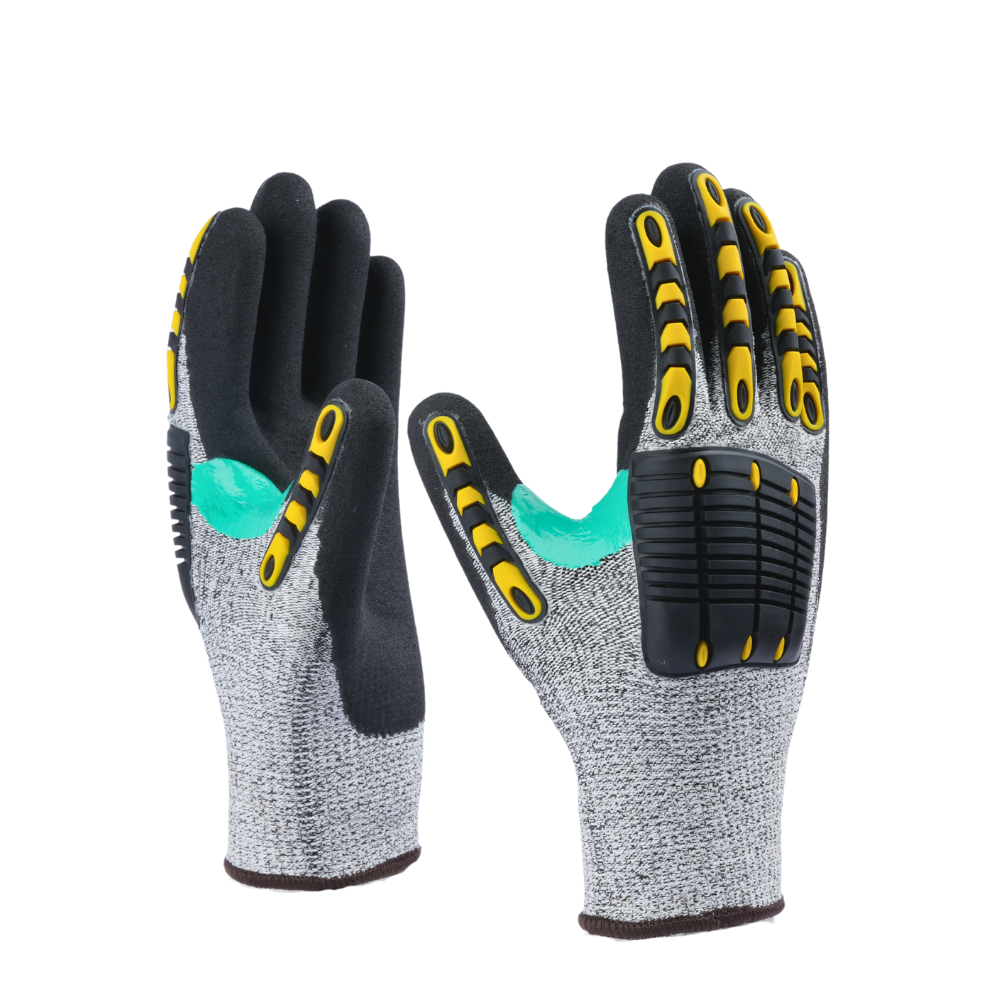
ABOUT THE DESIGN
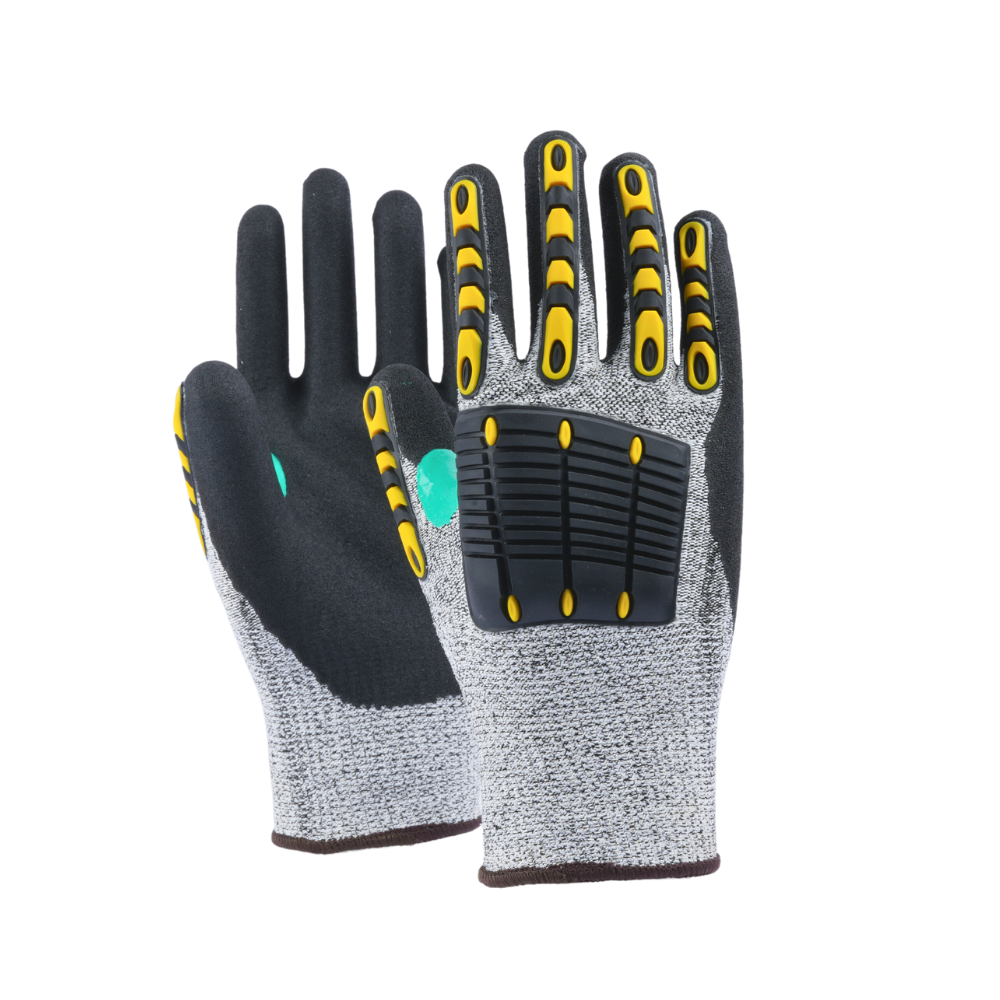
USEFUL IN THESE INDUSTRIES
AUTOMOBILE
GLASS & CERAMIC
LOGISTICS
HEAVY ENGINEERING
MANUFACTURING

Product Features
ABOUT THE DESIGN

USEFUL IN THESE INDUSTRIES
AUTOMOBILE
GLASS & CERAMIC
LOGISTICS
HEAVY ENGINEERING
MANUFACTURING
Product Details
